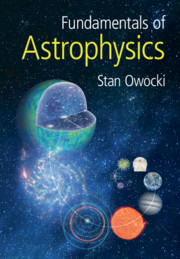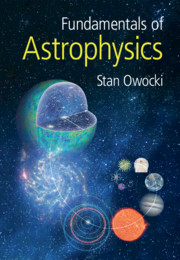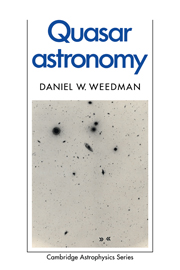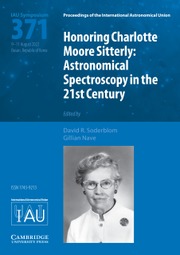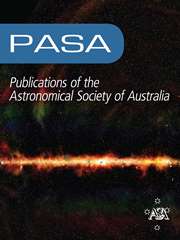Fundamentals of Astrophysics
Presenting a concise overview of astrophysical concepts, the second edition of this textbook bridges the gap between introductory astronomy books and advanced astrophysics texts. Designed for one-semester astrophysics courses, the textbook is aimed at science and engineering students with college-level calculus-based physics. The new edition features both revisions and additions, with the extension of topics such as luminosity distance and the inclusion of notable developments such as the James Webb and Roman Space Telescopes. As before, the chapters are organized into five parts, covering: stellar properties; stellar structure and evolution; the interstellar medium and star/planet formation; our Milky Way and other galaxies; and cosmology. The exposition guides students toward a comprehensive fundamental understanding, using 'Quick Questions' to spur practice in basic computations, and multi-part exercises that offer a greater challenge. The solutions to the questions are freely accessible online, with exercise solutions and lecture slides available for instructors.
- Designed to support elective one-semester courses in astrophysics
- Gives science and engineering majors a quantitative overview of the subject without assuming knowledge beyond undergraduate-level calculus-based physics
- Addresses the need for a comprehensive, up-to-date textbook that covers the fundamentals of a wide range of astrophysical topics with an appropriate level of detail
- Includes questions and exercises with each chapter to support both learning and teaching, with question solutions freely accessible online and exercise solutions/lecture slides available for instructors
Reviews & endorsements
'Owocki's book is a welcome addition to the handful of good textbooks that cover astrophysics at an introductory level. Building on the typical first-year undergraduate STEM curriculum, he makes a thorough quantitative survey of all the important topics in stellar, galactic, and extragalactic astrophysics. Teachable within a one-semester course, this book creates an attractive technical elective in this fascinating field.' Jim Napolitano, Temple University
'This much-needed text fills the void for good up-to-date introductions to astrophysics for second- or third-year undergraduates with a calculus-based intro physics background. I especially like the division in short 'one topic per session' chapters, which makes the text useful for modern active-learning-based approaches. The exercises are well designed, and the inclusion of popular subjects such as exoplanets and gravitational wave observations will certainly inspire a broad range of students. I will seriously consider it for our Intro to Astrophysics class.' Francesc Ferrer, Washington University in St Louis
'Owocki's book is conversational and supremely readable. Readers will feel both the author's excitement for the material and his depth of experience explaining concepts at the undergraduate level … a welcome addition to the world of undergraduate astronomy textbooks.' Colette Salyk, Vassar College, Physics Today
Product details
No date availablePaperback
9781009618007
325 pages
244 × 170 mm
Table of Contents
- Part I. Stellar Properties:
- 1. Introduction
- 2. Astronomical distances
- 3. Stellar luminosity
- 4. Surface temperature from a star's color
- 5. Stellar radius from luminosity and temperature
- 6. Composition and ionization from stellar spectra
- 7. Surface gravity and escape/orbital speed
- 8. Stellar ages and lifetimes
- 9. Stellar space velocities
- 10. Using binary systems to determine masses and radii
- 11. Stellar rotation
- 12. Light intensity and absorption
- 13. Observational methods
- 14. Our Sun
- Part II. Stellar Structure and Evolution:
- 15. Hydrostatic balance between pressure and gravity
- 16. Transport of radiation from interior to surface
- 17. Structure of radiative versus convective stellar envelopes
- 18. Hydrogen fusion and the mass range of stars
- 19. Post-main-sequence evolution: low-mass stars
- 20. Post-main-sequence evolution: high-mass stars
- Part III. Interstellar Medium and Formation of Stars and Planets:
- 21. The interstellar medium
- 22. Star formation
- 23. Origin of planetary systems
- 24. Water planet Earth
- 25. Extra-solar planets
- Part IV. Our Milky Way and Other Galaxies
- 26. Our Milky Way galaxy
- 27. External galaxies
- 28. Active galactic nuclei and quasars
- 29. Large-scale structure and galaxy formation and evolution
- Part V. Cosmology:
- 30. Newtonian dynamical model of universe expansion
- 31. Accelerating universe with a cosmological constant
- 32. The hot Big Bang
- 33. Eras in the evolution of the universe
- Appendices
- Index.


